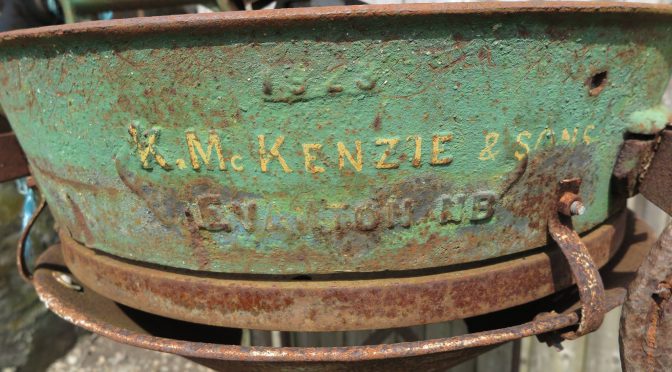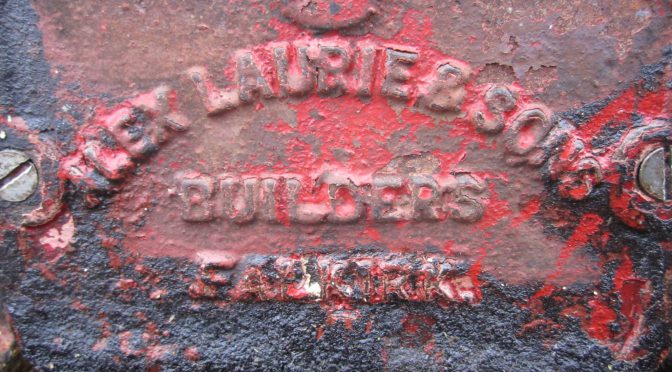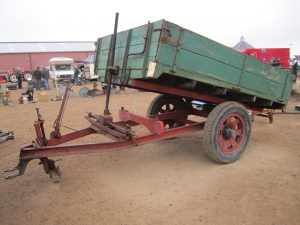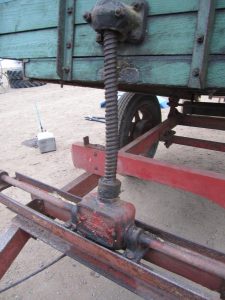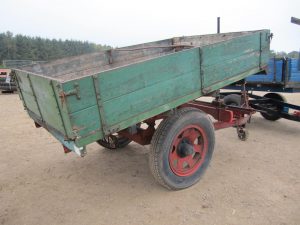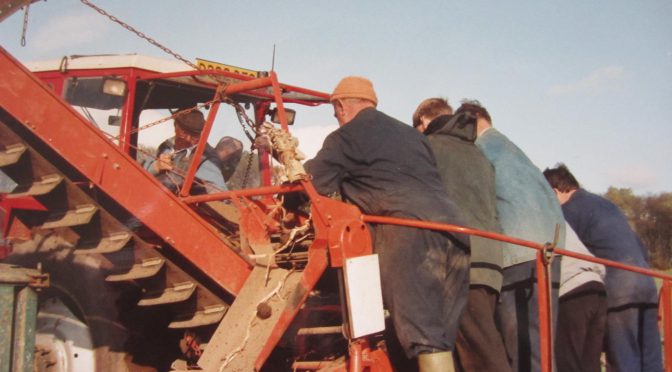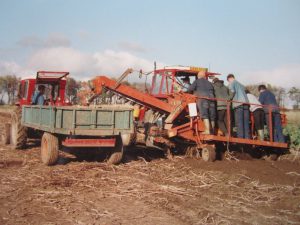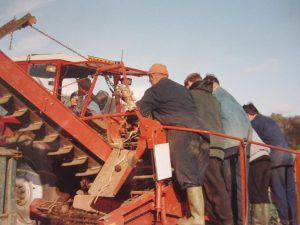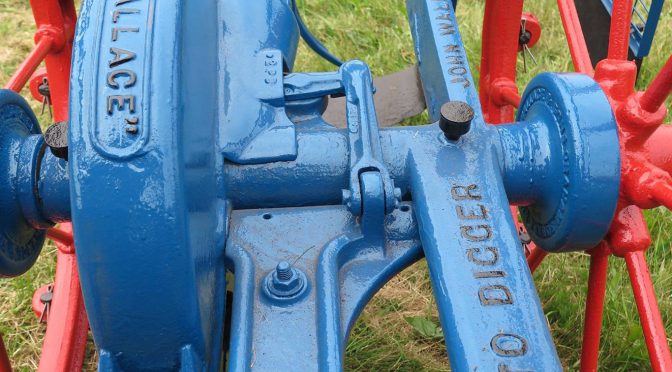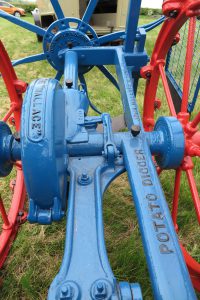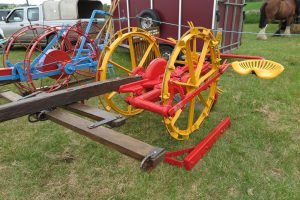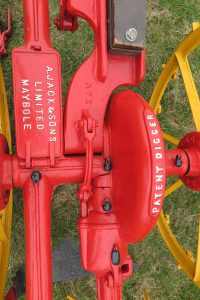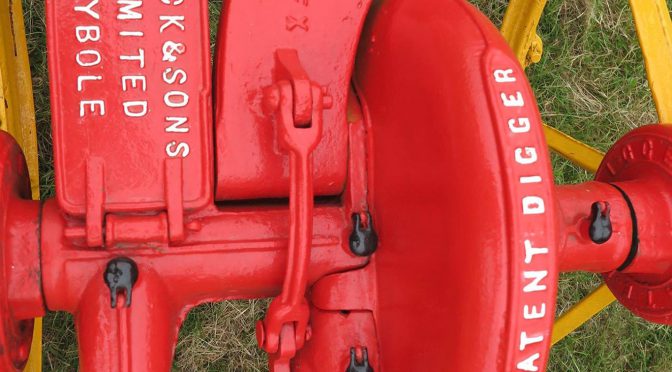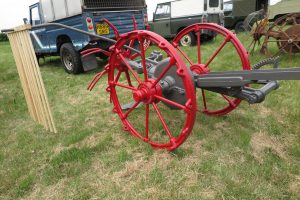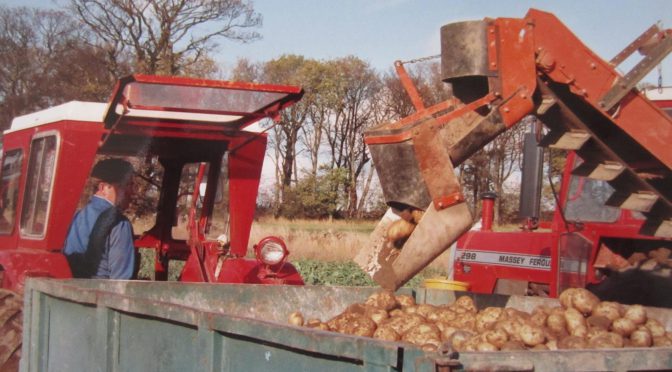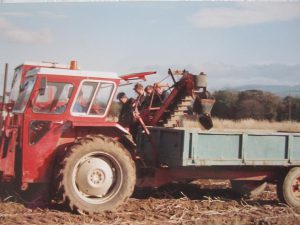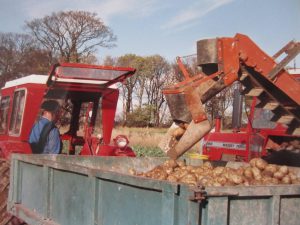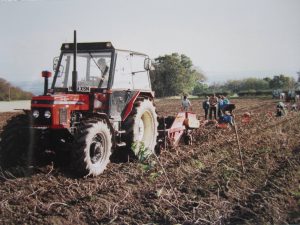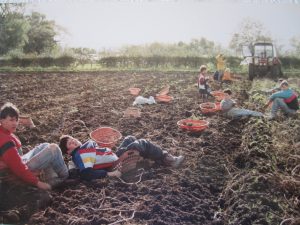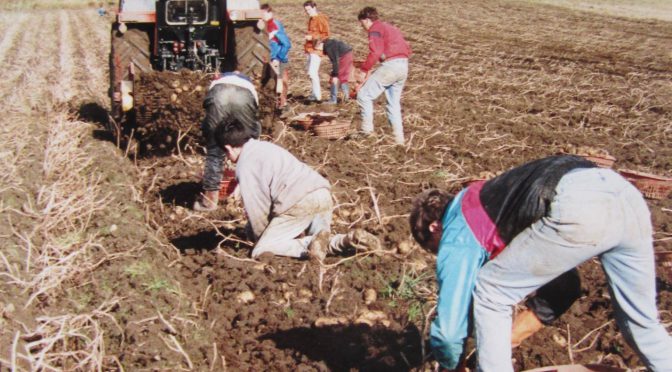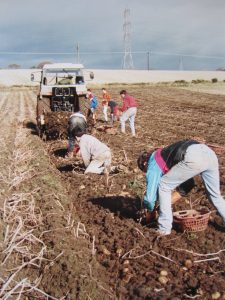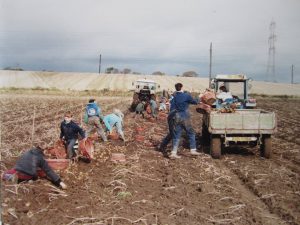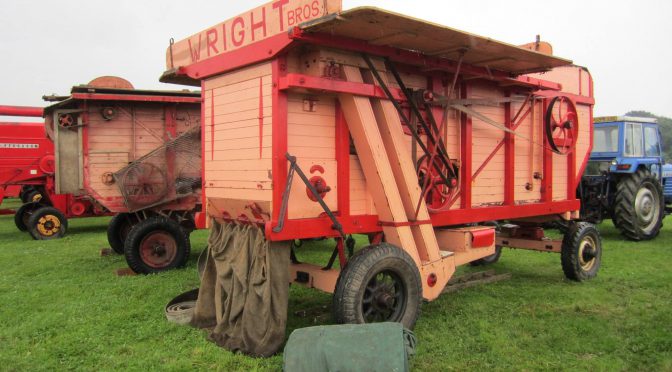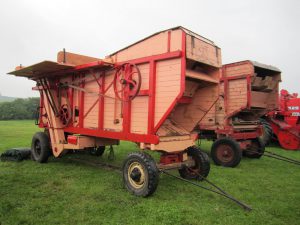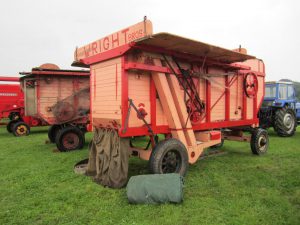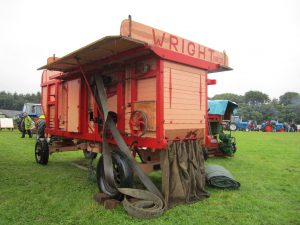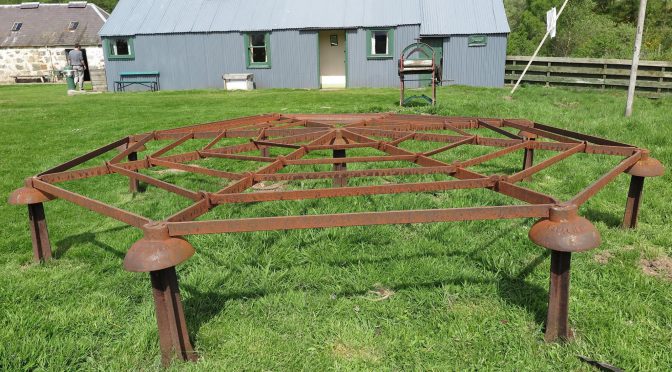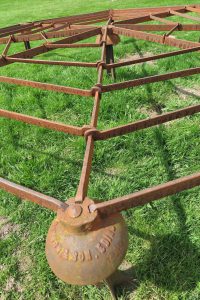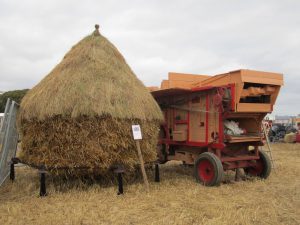 One of the big names in root cutters was Kenneth McKenzie of Evanton, Ross-shire, later Kenneth McKenzie & Sons, Evanton.
One of the big names in root cutters was Kenneth McKenzie of Evanton, Ross-shire, later Kenneth McKenzie & Sons, Evanton.
Kenneth was already a smith and farrier in 1903. In 1922 he is recorded in trade directories as an agricultural engineer, a mechanical engineer, a motor engineer and a smith. By 1955 he is denoted as an agricultural engineer, implement, machinery and equipment manufacturer and as a tractor and implement dealer.
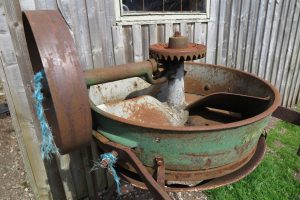 Kenneth’s business grew and expanded. By 1945 he had premises at Evanston and also Conon Bridge. In 1955 he also had a branch at Inverness. He was joined by his sons in business by 1949, becoming “Kenneth McKenzie & Sons”. Sister company also emerged, including Kenneth McKensie & Sons (Caithness) Ltd, which had premises at Burn Street, Wick, in 1952.
Kenneth’s business grew and expanded. By 1945 he had premises at Evanston and also Conon Bridge. In 1955 he also had a branch at Inverness. He was joined by his sons in business by 1949, becoming “Kenneth McKenzie & Sons”. Sister company also emerged, including Kenneth McKensie & Sons (Caithness) Ltd, which had premises at Burn Street, Wick, in 1952.
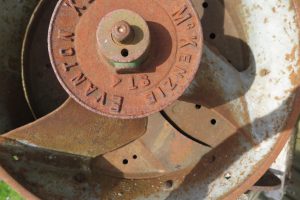 The company actively promoted its manufactures and its implements and machines for which it was an agent at the Highland Show from 1923 onwards until 1956. It did not, however, visit all the shows, focusing its attention on those at Inverness, Perth, Edinburgh, Dundee, Paisley, Aberdeen, and Alloa. The north of Scotland market was especially important.
The company actively promoted its manufactures and its implements and machines for which it was an agent at the Highland Show from 1923 onwards until 1956. It did not, however, visit all the shows, focusing its attention on those at Inverness, Perth, Edinburgh, Dundee, Paisley, Aberdeen, and Alloa. The north of Scotland market was especially important.
While the company was an agent for Massey Harris in 1926, and 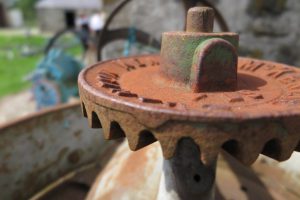 David Brown from 1952, it also manufactured its own implements and machines. They included potato dressers, root cutters, barrows, food coolers, and sack holders.
David Brown from 1952, it also manufactured its own implements and machines. They included potato dressers, root cutters, barrows, food coolers, and sack holders.
By 1949 the company made a variety of root cutters. They included:
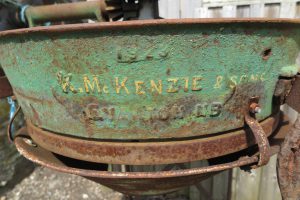 Root cutter, model no 1, with 1 1/2hp Lister engine
Root cutter, model no 1, with 1 1/2hp Lister engine
Root cutter model no 1 with 2hp electric motor
Root cutter model no 1A with 1 1/2hp Petter engine
Root cutter model no 2 with 1 1/2 hp Petter engine
Root cutter and cleaner, combined model no 3 with 1 1/2 hp Petter engine
Root cutter model no 4 stationary
Root cutter model no 417 stationary with 2hp electric motor
Root cutter model no 4B semi-portable with 1 1/2 Wolseley engine
Root cutter model no 5 stationary
Root cutter model no 6 stationary with wall brackets
Root cutter only for existing power.
The company continued to operate until 1957.
The photographs of the Kenneth McKenzie & Sons root cutter from 1923 were taken at the Highland Folk Museum, Newtonmore, May 2016.
© 2016 Heather Holmes
